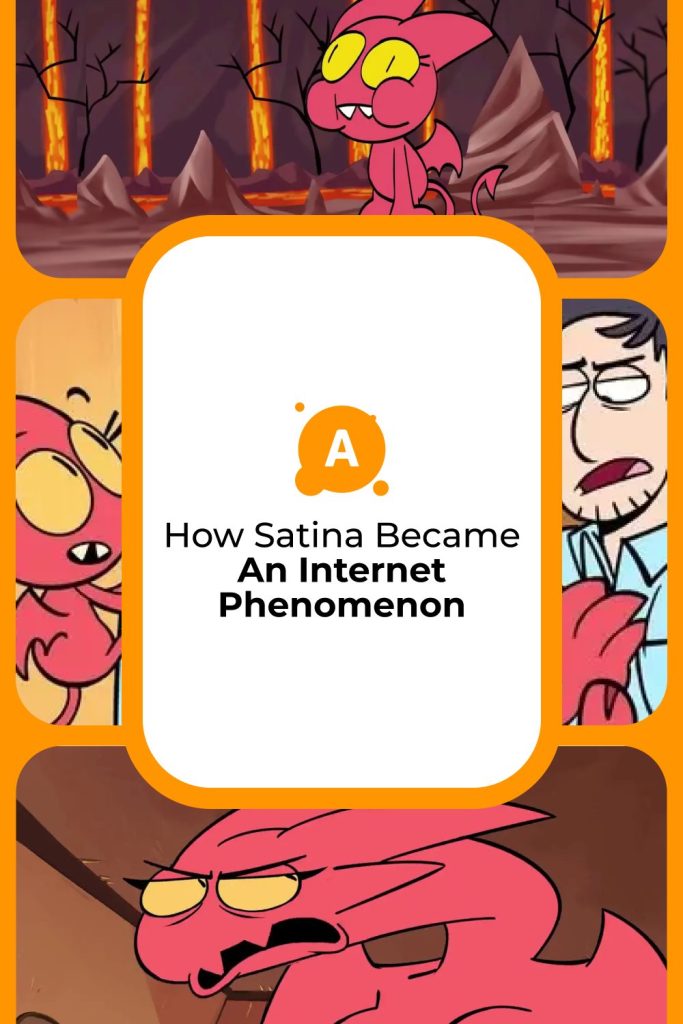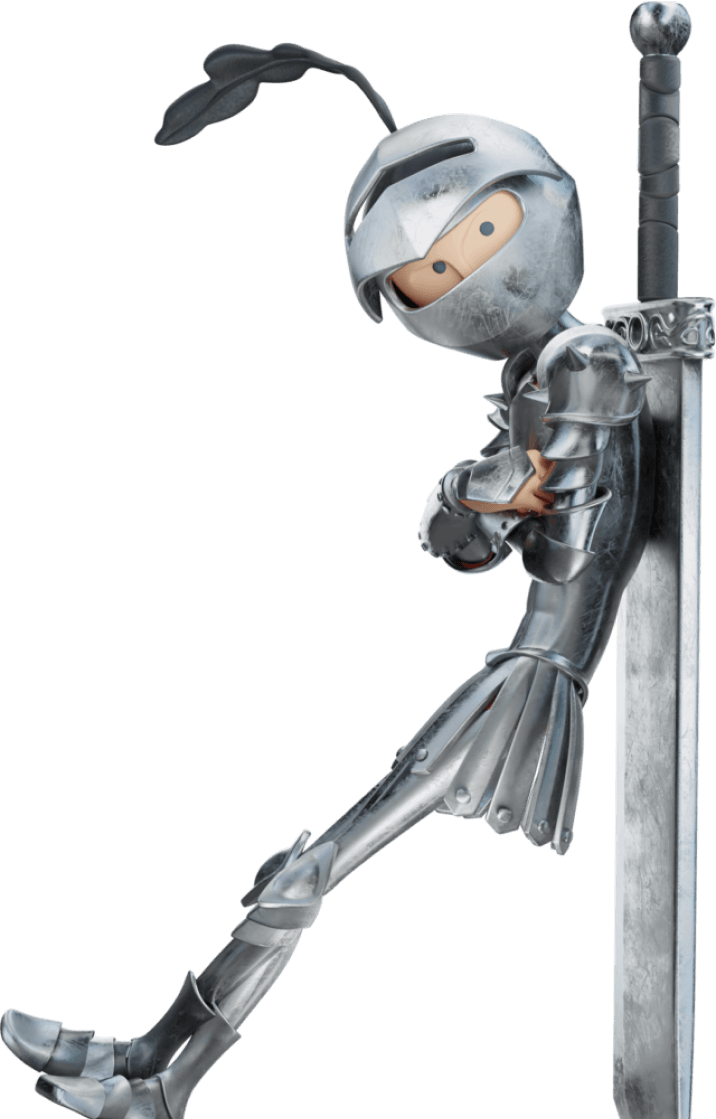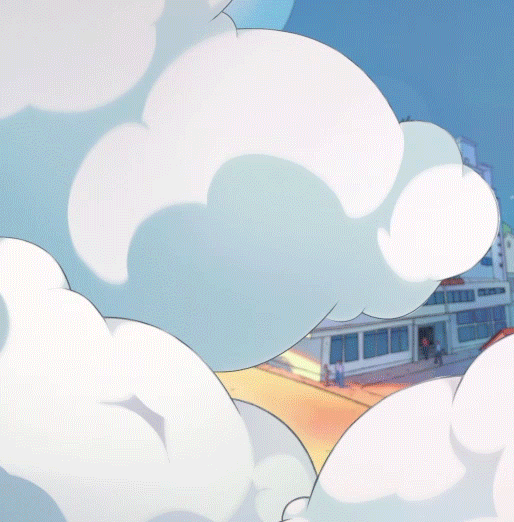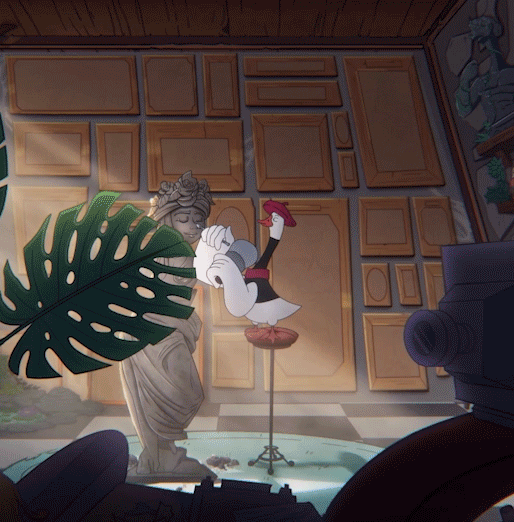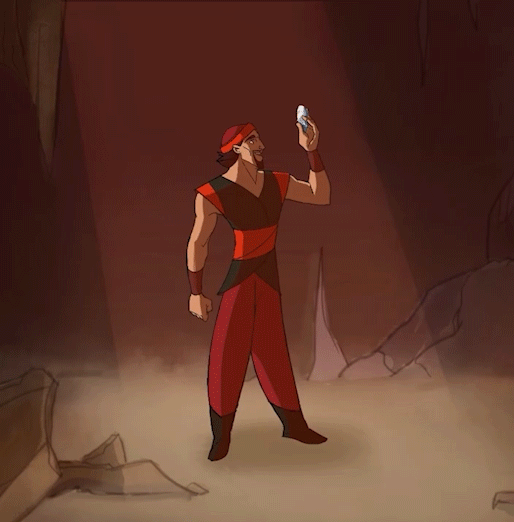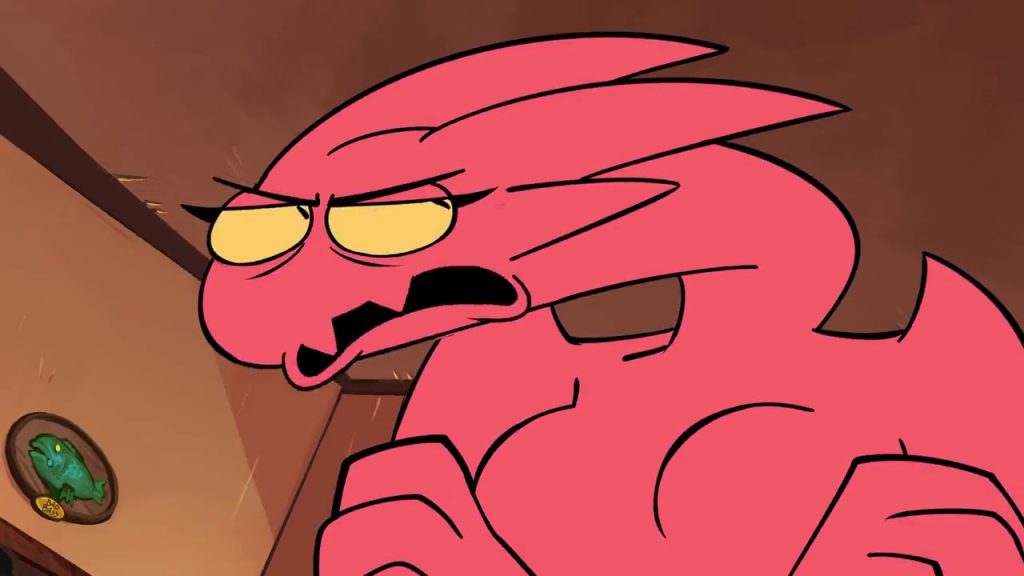
In animation, everything begins with something small. A sketch, a doodle, one idea shared online — sometimes that’s all it takes to launch a creative universe. The web series Satina is a perfect case study of this process, illustrating what can happen when one artist pursues a project with sincerity, consistency, and creative control. It embodies everything the phrase ‘Animation 101’ could mean in the age of online platforms, from starting with nothing to building a loyal, vocal fan base.
From Concept Art to Community
Hannah Daigle, the creator of Satina, first shared a drawing of Satina and her dad on DeviantArt in October 2018. There was no official announcement, no elaborate pitch, just a simple post — but it caught people’s attention. Satina, a demon child, paired with a regular human father, created a compelling visual contradiction that people instantly wanted to know more about. Comments flooded in with questions like: “Is this a real show?” and “Where can I watch it?” From that moment, a small but devoted audience began forming before any animation was even released.
Learn How to Build a Career in Animation: From Beginner to Professional
Viral Debut on YouTube
The real turning point occurred on March 1, 2019, when Daigle uploaded a short animation titled “Satina Wants a Glass of Water” to YouTube. It was just over a minute long, yet it resonated immediately. Within weeks, it hit over a million views. As of 2025, that single video has surpassed 13 million views. What drew people in wasn’t just the animation itself, but the mood: weird, sweet, slightly spooky. A relatable moment — a kid asking for water at night — was reframed in a surreal, otherworldly context. That combination made the story feel both absurd and grounded.
A Solo Production with a Signature Voice
What sets Satina apart is its authorial voice. Hannah Daigle produces the series almost entirely on her own: writing, directing, animating, editing, and even voicing the main characters. This isn’t just a technical feat, it’s a creative one. Every frame feels unified in style and tone, with no disconnect between the writing and design, or the performance and pacing. That coherence is rare, even in larger productions, and it gives Satina a unique flavor that fans recognize instantly. It doesn’t try to mimic mainstream cartoons — it builds its own identity.
A World of Contrasts
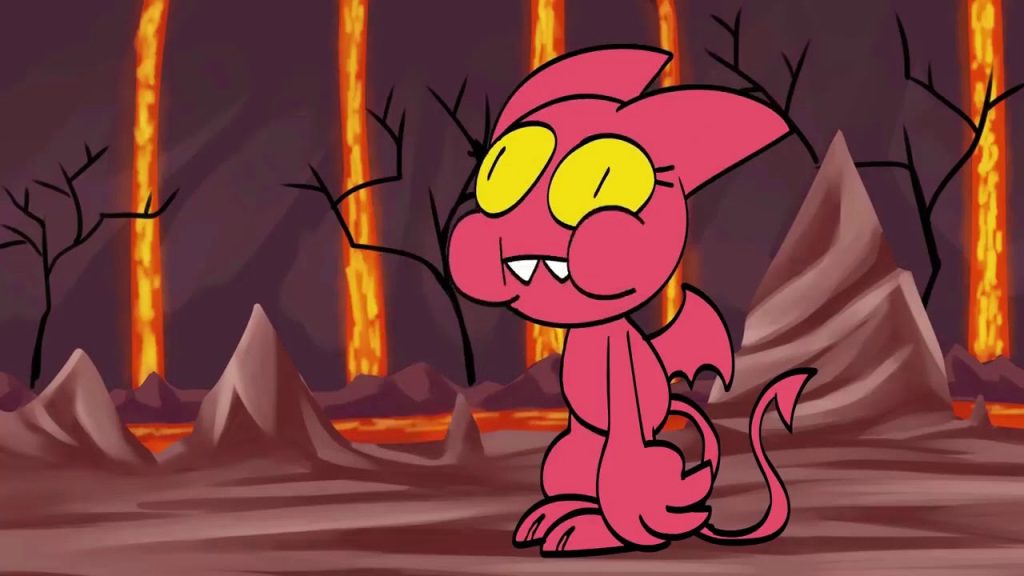
The story centers on Satina, the daughter of Luciferian queen Lucia and a very average man named Dave. Lucia represents demonic power and confidence; Dave is a soft-spoken, awkward dad just trying to get by. Between them is Satina, who embodies both chaos and innocence. That dynamic drives the emotional core of the show. Everyday parenting scenarios, such as bedtime routines, snacks, and school drop-offs, are often reframed as either magical or catastrophic events. It’s funny, of course, but there’s also a strong emotional undercurrent. At its heart, the show is about parenting, connection, and what it means to raise a child when you’re no longer sure how the world works.
The Pilot That Changed Everything
In 2020, Daigle released the official pilot episode, Bring Your Demon to Work Day. The premise was simple: Dave brings Satina to his human job. The execution, however, was brilliant. Fast-paced, visually inventive, and full of tightly packed humor, the episode gained over 15 million views on YouTube in just a few months. While the episodes are short, typically five to seven minutes long, each one feels complete. You don’t need to binge a whole season to get the tone. Every release works on its own, which makes it accessible and rewatchable — both huge advantages in the online animation space.
How Patreon Keeps It Going
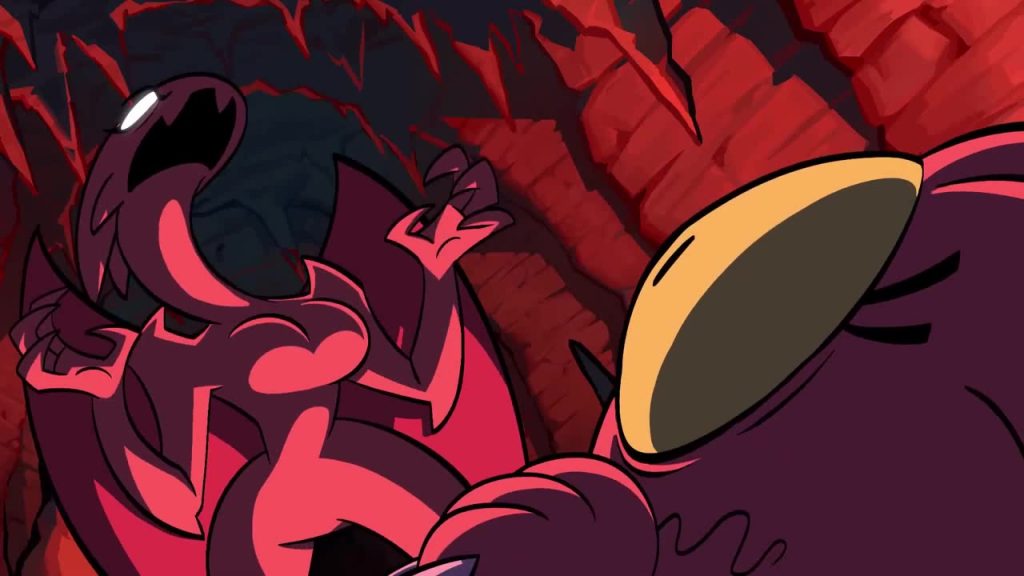
The series isn’t backed by a network or a big studio. Instead, it’s funded directly by fans through Patreon. This grassroots model enables Daigle to retain full creative control while still being compensated for her time and effort. It also reinforces the sense of connection between the creator and the audience. Fans feel like they’re contributing to something meaningful, not just consuming content. This model is increasingly common for independent animators: it may be slow to grow, but once it gains momentum, it’s both sustainable and empowering.
A Fandom That Creates Alongside the Creator
One of Satina’s greatest strengths is its community. Since that first short, fans have responded with an outpouring of artwork, memes, animations, fan theories, and even cosplay. Reddit threads and Tumblr blogs explore everything from Satina’s magical powers to Dave’s mysterious past. Discord servers hold fan-dub contests and art challenges. There’s a sense that everyone’s participating in the world, not just watching from the sidelines. It’s a collaborative spirit that adds depth to the show. In many ways, Satina isn’t just a web series; it’s a shared language among its fans.
A Look That Stands Out
Visually, Satina draws from both nostalgic and modern animation styles. Its character designs evoke the bold, expressive cartoons of the late ‘90s and early 2000s, while the fluidity of the animation and the crisp editing keep it firmly contemporary. It’s bright, dynamic, and instantly recognizable. The aesthetic strikes a delicate balance between silly and eerie, which perfectly reflects the tone of the stories being told. It feels handmade in the best way, polished enough to be immersive, but loose enough to feel alive.
What Satina Teaches Us About Independent Animation
When we examine Satina through the lens of Animation 101, it reveals some essential truths about the medium today. You don’t need a big team or a formal pitch. What you need is a strong voice, a clear visual identity, and the patience to build an audience over time. Internet platforms like YouTube provide animators with direct access to their audience, and tools like Patreon and Discord enable them to cultivate a community and secure financial support. Most importantly, Satina proves that fans don’t just want slick production values — they want heart, humor, and something that feels real, even when it’s about demons and underworld bureaucracy.
Building Something That Lasts

As of 2025, Satina continues to grow, with each new episode met with excitement and speculation. Daigle releases content at her own pace, maintaining quality and creative autonomy. The fandom hasn’t just stuck around; it’s expanded. People aren’t just waiting for the next upload; they’re part of an ongoing conversation, co-creating alongside the series itself.
If you’re dreaming of starting your own animated project, Satina is proof that it’s possible. You don’t need permission — you need a story that matters to you, the discipline to keep going, and the courage to put it online.
Every successful series starts small. What matters is what you do next. Get familiar with the Visual Development of an Animated series by joining the <<Short Film Master Class>>
